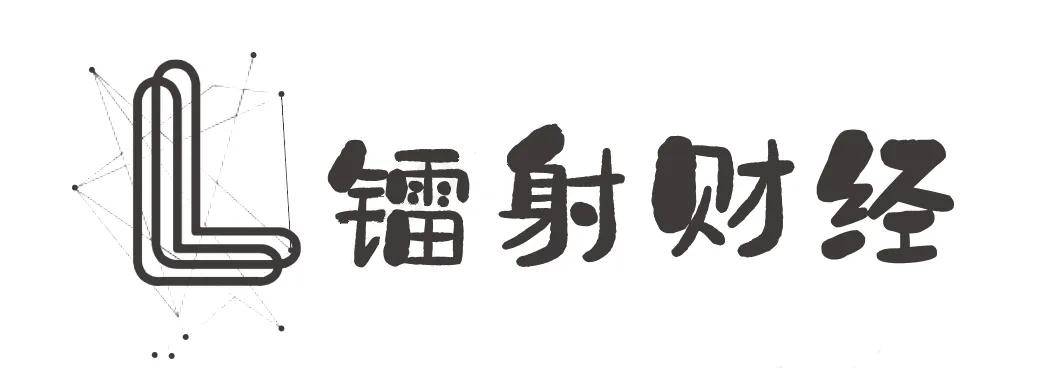I'm trying to use ggvis to create a NFL strength-of-schedule chart for the 2014 season. The data comes from FootballOutsiders.com, and later I'll make a Shiny app that automatically scrapes data from the website as it's updated during the season. The example below is pretty close, but I'd like to make a few modifications. I want to...
Include the numeric value of "defense" in each cell of the chart, so the visualization resembles the original "df" data frame.
Customize the color scale so positive values are increasingly orange and negative values are increasingly blue (i.e. more negative = more blue).
An alternative to #2 could be to make a gradient from orange to blue, and make the opacity decrease to 0.5 as the value of "defense" approaches zero.
Be able to choose the color of NA, because it currently shows up as black in the chart.
I've been tinkering around with add_scale() and props(), but nothing has been working so far.
Here's the chart:

Here's the data:
df <- structure(list(team = c("ARI", "ATL", "BAL", "BUF", "CAR", "CHI",
"CIN", "CLE", "DAL", "DEN", "DET", "GB", "HOU", "IND", "JAX",
"KC", "MIA", "MIN", "NE", "NO", "NYG", "NYJ", "OAK", "PHI", "PIT",
"SD", "SEA", "SF", "STL", "TB", "TEN", "WAS"), w1 = c(17.5, -5.8,
-12.6, 8.7, -6.8, -13.8, -8.7, 4, -4.6, 0.9, -11.4, -25.9, 4.2,
-0.2, 4.9, 4.2, 4.2, -5.7, 2.4, 13.5, -0.8, 10.3, -5.6, 10.9,
8.2, -16.4, 14.4, 13.8, 10.5, -15.7, -6.7, 2.5), w2 = c(-11.4,
-12.6, 4, 2.4, -0.8, -4.6, 13.5, -5.8, 4.2, -6.7, -15.7, -5.6,
10.3, 4.9, 4.2, -0.2, -13.8, 4.2, 10.5, 8.2, -16.4, 14.4, 2.5,
0.9, -8.7, -25.9, 17.5, 8.7, -6.8, -5.7, 13.8, 10.9), w3 = c(-4.6,
-6.8, 8.2, 17.5, 4, -5.6, 4.2, -8.7, -5.7, -25.9, 14.4, -0.8,
-11.4, 10.9, 0.9, 2.4, -6.7, -5.8, 10.3, 10.5, 2.5, 8.7, 4.2,
4.2, -15.7, -13.8, -0.2, -16.4, 13.8, 13.5, -12.6, 4.9), w4 = c(NA,
10.5, -15.7, 2.5, -8.7, 14.4, NA, NA, -5.8, NA, -5.6, 8.7, -13.8,
4.2, 17.5, 4.2, 10.3, 13.5, -6.7, 13.8, 4.2, -0.8, 2.4, -4.6,
-6.8, 10.9, NA, 4.9, NA, 4, 0.9, -11.4), w5 = c(-0.2, -11.4,
0.9, -0.8, 8.7, -15.7, 4.2, 4.2, 2.5, -16.4, -13.8, 10.5, 13.8,
-8.7, 4, -4.6, NA, 14.4, -12.6, -6.8, 13.5, 17.5, NA, -5.7, 10.9,
-5.6, 4.2, -6.7, 4.9, -5.8, 8.2, -25.9), w6 = c(4.2, 8.7, -6.8,
4.2, -12.6, 13.5, -15.7, 4, -25.9, -5.6, 10.5, 2.4, 0.9, 2.5,
4.2, NA, 14.4, -0.8, -13.8, NA, 4.9, -0.2, 17.5, -11.4, 8.2,
10.3, 13.8, -5.7, -4.6, -8.7, 10.9, -16.4), w7 = c(10.3, -8.7,
13.5, 10.5, 14.4, 2.4, 0.9, 10.9, -11.4, -4.6, -5.8, -15.7, 4,
-12.6, 8.2, 17.5, 8.7, -13.8, -5.6, -0.8, 13.8, 4.2, -16.4, NA,
2.5, -6.7, -5.7, -0.2, -25.9, NA, 4.2, 4.2), w8 = c(4.9, -0.8,
-12.6, -5.6, -25.9, 4.2, -8.7, 10.3, 4.2, 17.5, 13.5, -5.8, 4.2,
4, 2.4, -5.7, 10.9, -6.8, 8.7, 14.4, NA, -13.8, 8.2, -16.4, 0.9,
-0.2, -15.7, NA, -6.7, 10.5, 2.5, 13.8), w9 = c(13.8, NA, 4,
NA, -5.8, NA, 10.9, -6.8, -16.4, 4.2, NA, NA, 4.9, -11.4, -12.6,
-5.6, 17.5, 4.2, -0.2, -15.7, 0.9, -6.7, -25.9, 2.5, -8.7, 2.4,
10.3, -5.7, -4.6, 8.2, NA, 10.5), w10 = c(-5.7, -6.8, 4.2, -6.7,
4.9, 14.4, 8.2, -12.6, 10.9, 10.3, 2.4, 8.7, NA, NA, 13.8, -13.8,
-0.8, NA, NA, -4.6, -25.9, 4, -0.2, -15.7, -5.6, NA, -11.4, -5.8,
-16.4, 13.5, -8.7, NA), w11 = c(-0.8, -15.7, NA, 2.4, 13.5, 10.5,
-5.8, 2.5, NA, -5.7, -16.4, 4.9, 8.2, 4.2, NA, -25.9, -13.8,
8.7, 0.9, -12.6, -4.6, NA, 17.5, 14.4, 4.2, 10.3, -6.7, -11.4,
-0.2, 4.2, 4, -6.8), w12 = c(-25.9, 8.2, -5.8, -5.6, NA, -6.8,
2.5, 13.5, -11.4, 2.4, 4.2, 10.5, -12.6, 10.9, 0.9, 10.3, -0.2,
14.4, -0.8, -8.7, 13.8, -13.8, -6.7, 4.2, NA, -5.7, -16.4, 4.2,
17.5, 8.7, 4.9, -4.6), w13 = c(13.5, -16.4, 17.5, 8.2, 10.5,
-0.8, -6.8, -13.8, 4.9, -6.7, 8.7, 4.2, 4.2, 4.2, -11.4, -0.2,
-5.6, -15.7, 14.4, 4, 10.9, 2.4, -5.7, 13.8, -5.8, -8.7, -4.6,
-25.9, 10.3, -12.6, 2.5, 0.9), w14 = c(-6.7, 14.4, 2.4, -0.2,
-5.8, 13.8, 4, 0.9, 8.7, -13.8, -6.8, 13.5, 10.9, 8.2, 2.5, -16.4,
-8.7, -5.6, 17.5, -15.7, 4.2, 10.5, -4.6, -25.9, -12.6, 4.2,
4.9, 10.3, 4.2, -0.8, -11.4, -5.7), w15 = c(-5.7, 4, 10.9, 14.4,
-6.8, -5.8, 8.2, -12.6, 4.9, 17.5, 10.5, -13.8, 0.9, 2.5, -8.7,
10.3, 4.2, -0.8, 2.4, 8.7, 4.2, 4.2, -6.7, 13.8, 13.5, -0.2,
-4.6, -25.9, -16.4, -15.7, -5.6, -11.4), w16 = c(-25.9, -5.8,
2.5, 10.3, 8.2, -0.8, -0.2, -15.7, 0.9, -12.6, 8.7, -6.8, -8.7,
13.8, 4.2, 4, 10.5, 2.4, -5.6, 13.5, -5.7, 4.2, -13.8, 4.2, -6.7,
-4.6, -16.4, 17.5, -11.4, 14.4, 10.9, 4.9), w17 = c(-4.6, -15.7,
8.2, 4.2, 13.5, 10.5, 4, -8.7, 4.2, 10.3, 14.4, -0.8, 10.9, 4.2,
2.5, 17.5, -5.6, 8.7, -13.8, -6.8, 4.9, 2.4, -0.2, -11.4, -12.6,
-6.7, -5.7, -16.4, -25.9, -5.8, 0.9, 13.8)), .Names = c("team",
"w1", "w2", "w3", "w4", "w5", "w6", "w7", "w8", "w9", "w10",
"w11", "w12", "w13", "w14", "w15", "w16", "w17"), row.names = c(NA,
32L), class = "data.frame")
And here's the code so far:
require(dplyr)
require(ggvis)
require(tidyr) # For the gather function
df2 <- df %>% gather(key, value, w1:w17)
names(df2) <- c("team", "week", "defense")
df2 %>%
ggvis(~week, ~team, fill = ~defense) %>%
layer_rects(width = band(), height = band()) %>%
scale_nominal("x", padding = 0, points = FALSE) %>%
scale_nominal("y", padding = 0, points = FALSE)





